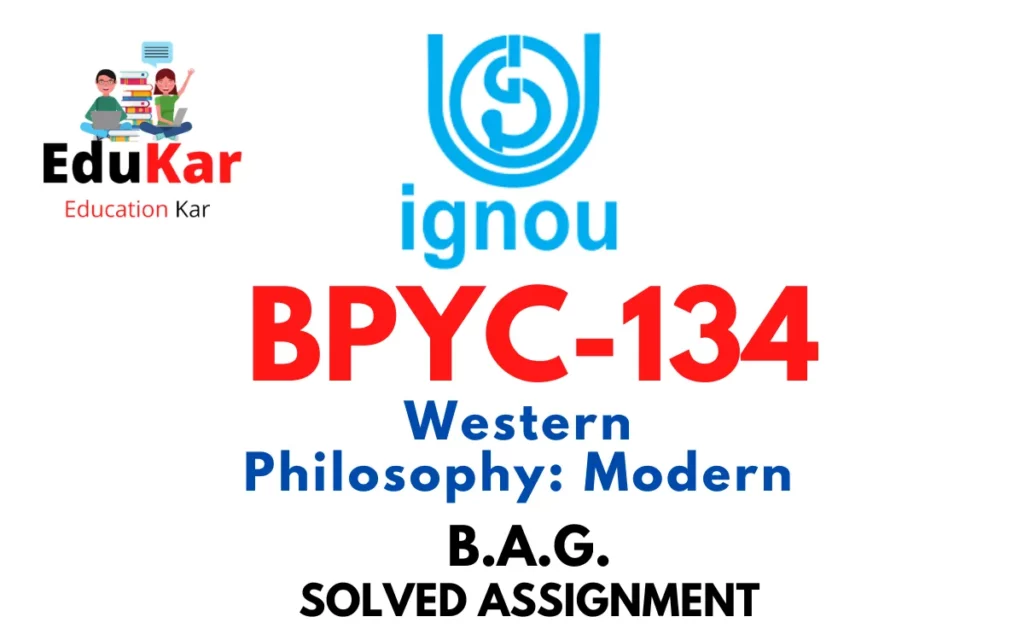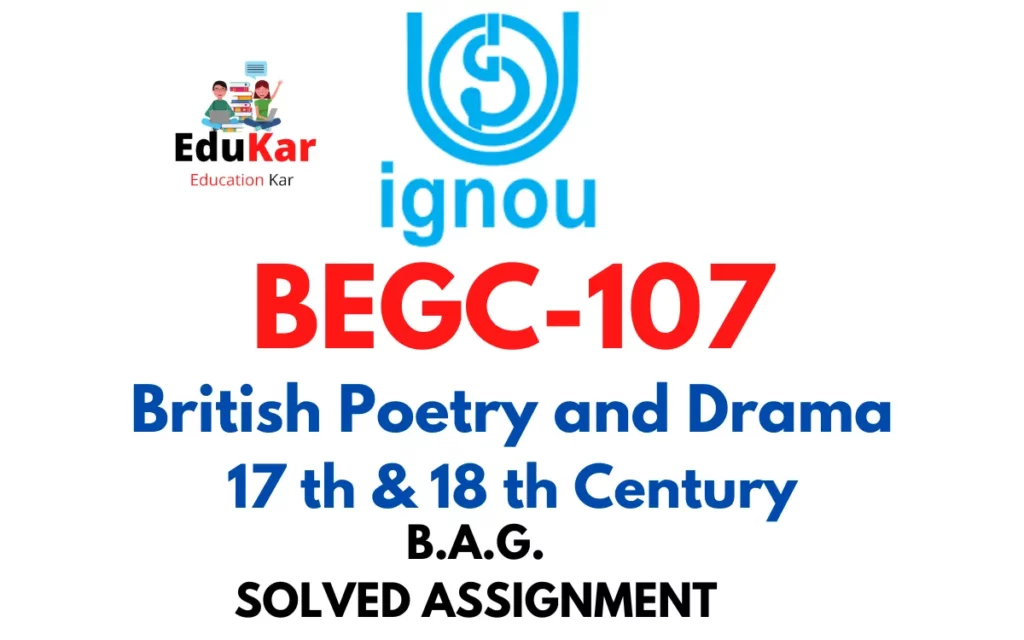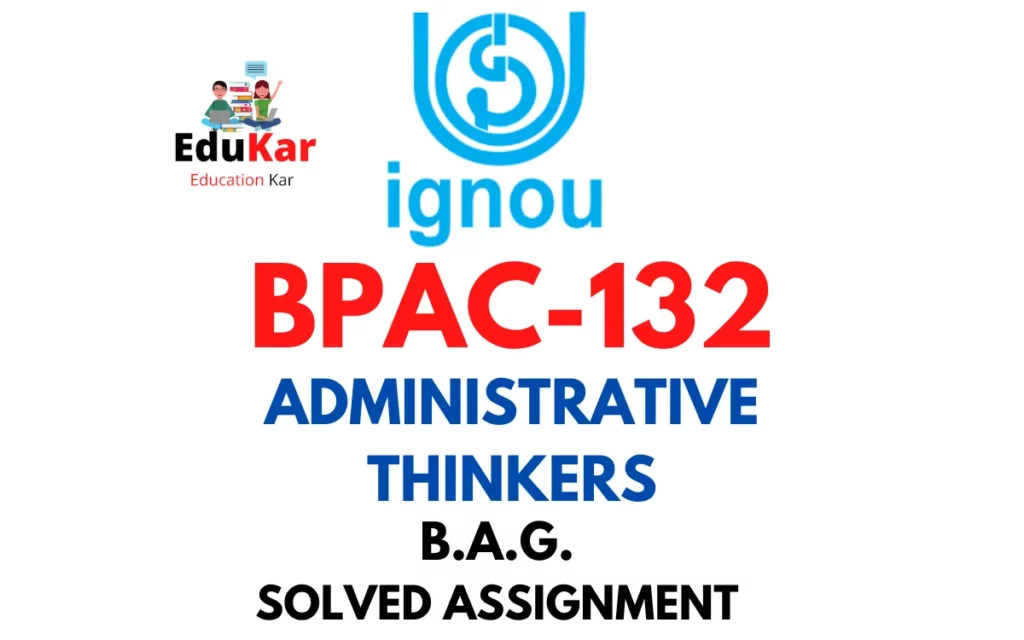Contents
- 1 Section A
- 2 Write short notes on the following in about 200 words each:
- 3 (i) Political Debates of 17th Century England.
- 4 (ii) Satire in New Classical Age.
- 5 (iii) Features of Restoration Comedy.
- 6 (iv) Broad features of literature in the ‘long 18th Century.’
- 7 Section B
- 8 Answer the following in about 300 words each:
- 9 1. Critical comment on the binarisation of the ‘savage’ and the ‘civilized’ in Defoe’s Crusoe. Does the story also blur this rigid binarisation sometimes?
- 10 2. Does Swift help us question the binary between a man and an animal in Gulliver’s Travels? Comment.
- 11 3. What role and purpose does Mrs. Fainall serve in the play ‘The Way of the World’?
- 12 4. What is the setting of the Gray’s poem ‘Elegy Written In a Country’s Churchyard’?
- 13 Section C
- 14 Answer the following questions in about 400 words each:
- 15 1. Critically comment on Crusoe’s Sojourn on the island.
- 16 2. Gulliver’s Travels Book III is a satire against the abuse of science and reason. Critically discuss.
- 17 3. Critically analyze Gulliver’s Travels Book IV as the critique of English colonialism.
- 18 4. Does the play ‘The Way of the World’ uphold bourgeoisie ideology and mercantile capitalism? Comment.
- 19 5. Analyze the pastoral elements in Gray’s Elegy.

| Title | BEGC-108: IGNOU BAG Solved Assignment 2022-2023 |
| University | IGNOU |
| Degree | Bachelor Degree Programme |
| Course Code | BEGC-108 |
| Course Name | British Literature: 18th Century |
| Programme Name | Bachelor of Arts (General) |
| Programme Code | BAG |
| Total Marks | 100 |
| Year | 2022-2023 |
| Language | English |
| Last Date for Submission of Assignment: | For June Examination: 31st April For December Examination: 30th September |

Section A
Write short notes on the following in about 200 words each:
(i) Political Debates of 17th Century England.
Ans: The 17th century was a tumultuous time in English history marked by political debates that had far-reaching implications. Some of the significant political debates of this period include:
- Divine Right of Kings: This debate revolved around the idea that the monarch’s authority was derived from God and, therefore, could not be challenged by mere mortals. The supporters of this doctrine argued that the king’s power was absolute, and he could not be held accountable by parliament or any other body. Opponents of this idea, such as John Locke, argued that the monarch’s power was limited and subject to the rule of law.
- The English Civil War: The English Civil War was a significant political debate that pitted the monarchy and its supporters against parliament and its allies. The conflict was over the king’s attempt to assert his absolute power over the country, leading to a struggle for control between the king and parliament. The parliamentarians ultimately won, leading to the execution of King Charles I and the establishment of the Commonwealth.
- The Glorious Revolution: The Glorious Revolution of 1688 was a bloodless coup that saw the overthrow of King James II and the establishment of William and Mary as joint monarchs. This debate centered around the idea of parliamentary supremacy, where the power of the monarch was limited, and the parliament’s authority was supreme.
These debates shaped the course of English history and had a significant impact on political thought and practice around the world. They contributed to the development of ideas such as constitutional monarchy, the separation of powers, and the rule of law, which continue to be relevant today.
(ii) Satire in New Classical Age.
Ans: The New Classical Age, also known as the Enlightenment, was a period in Western history that saw a resurgence of interest in classical learning, reason, and rationality. During this time, satire was used as a means of social and political commentary, providing a way to criticize the excesses of the ruling classes and the irrationality of popular beliefs.
One of the key features of satire in the New Classical Age was its focus on reason and rationality. Satirists, such as Jonathan Swift and Alexander Pope, used satire to critique the irrationality of superstition, ignorance, and blind faith. Swift, for example, used his famous work, “A Modest Proposal,” to satirize the British government’s neglect of the Irish people, proposing that the Irish should sell their children as food to the wealthy as a means of reducing poverty.
Satire in the New Classical Age was also used to critique the ruling classes, particularly their excesses and corruption. Satirists such as Voltaire used their work to expose the hypocrisy of the aristocracy, pointing out their immoral behavior and contrasting it with their supposed moral superiority.
Another key feature of satire in the New Classical Age was its use of irony and parody. Satirists used these techniques to expose the absurdity of the beliefs and practices they were critiquing. For example, in his work, “The Rape of the Lock,” Alexander Pope parodied the social customs of the British aristocracy, highlighting the triviality of their concerns and the absurdity of their behavior.
(iii) Features of Restoration Comedy.
Ans: Restoration comedy refers to the style of English theatre that emerged during the Restoration period, following the return of Charles II to the throne in 1660. This genre was characterized by several unique features that set it apart from earlier forms of English theatre.
- Wit and Humor: Restoration comedy was known for its wit and humor, particularly its use of wordplay, puns, and bawdy humor. The dialogue was fast-paced and often included clever, irreverent, and sexually suggestive language.
- Stock Characters: Restoration comedies often featured stock characters, such as the fop, the rake, and the coquette. These characters were exaggerated and stereotyped, and their behavior was often meant to be satirical.
- Social Critique: Restoration comedy was often used to critique social norms and conventions, particularly those related to gender and sexuality. The plays often mocked the hypocrisy of the upper classes and exposed their moral failings.
- Intrigue and Plot Twists: Restoration comedies were known for their intricate plots, full of intrigue, deception, and mistaken identities. The characters often engaged in elaborate schemes and deceptions to achieve their goals, leading to many unexpected plot twists.
- Restoration Themes: Restoration comedies often explored themes of love, marriage, and infidelity, reflecting the social changes that occurred during the Restoration period. The plays also explored the themes of power and politics, reflecting the new political realities of the time.
- Elaborate Staging and Costumes: Restoration comedies were known for their elaborate staging and costumes. The sets were often ornate and included special effects, such as flying machines and trap doors. The costumes were also extravagant and designed to reflect the fashions of the time.
(iv) Broad features of literature in the ‘long 18th Century.’
Ans: The “long 18th century” is a term used to describe the period between the Glorious Revolution of 1688 and the Battle of Waterloo in 1815. During this time, significant social, cultural, and political changes occurred, and literature reflected these changes.
One of the most significant features of literature during the long 18th century was the rise of the novel. This new form of fiction allowed authors to explore the complexities of human behavior and the relationships between characters in a way that had not been possible before. Works like Samuel Richardson’s “Pamela” and Henry Fielding’s “Tom Jones” are prime examples of this new form.
Another feature of literature during this period was the rise of satire. Satirical writing was used to critique social and political institutions, and authors such as Jonathan Swift and Alexander Pope became masters of the form. Their works, including Swift’s “A Modest Proposal” and Pope’s “The Dunciad,” used irony and humor to expose the flaws in society and the government.
The long 18th century also saw a revival of interest in classical literature and culture. This led to a renewed emphasis on order, reason, and logic in literature, as seen in the works of writers like Samuel Johnson and Edward Gibbon. Additionally, the Romantic movement emerged towards the end of the 18th century, emphasizing emotions, nature, and individualism, as seen in the works of William Wordsworth and Samuel Taylor Coleridge.
Section B
Answer the following in about 300 words each:
1. Critical comment on the binarisation of the ‘savage’ and the ‘civilized’ in Defoe’s Crusoe. Does the story also blur this rigid binarisation sometimes?
Ans: Daniel Defoe’s Robinson Crusoe is a classic novel that has been celebrated for its portrayal of a man who is stranded on an island and has to survive on his own. However, the novel’s portrayal of the “savage” and the “civilized” has been the subject of much debate and criticism. Defoe’s Crusoe is often seen as a symbol of civilization and modernity, while the island is seen as a place of savagery and backwardness. This binary is problematic, as it reinforces colonialist attitudes that portray non-European cultures as inferior and primitive.
Defoe’s portrayal of Friday, the native whom Crusoe befriends, is a clear example of this binary. Friday is initially portrayed as a savage who is in need of Crusoe’s help and guidance. Crusoe teaches him English and the ways of European civilization, and Friday is grateful for his new life. This portrayal of Friday reinforces the idea that European culture is superior to other cultures, and that it is the duty of European colonizers to bring civilization to the so-called savages.
However, there are moments in the novel where Defoe blurs this rigid binarisation. For example, Friday is not portrayed as a helpless victim who is in need of rescue. He is shown to be intelligent and resourceful, and is able to help Crusoe in various ways. Moreover, Crusoe’s own survival on the island is dependent on his ability to adapt to his new environment and learn from the native plants and animals. This suggests that the binary of the savage and the civilized is not as clear-cut as it might initially seem.
2. Does Swift help us question the binary between a man and an animal in Gulliver’s Travels? Comment.
Ans: Jonathan Swift’s Gulliver’s Travels is a satirical work that critiques various aspects of human society. One of the themes that Swift explores in the novel is the binary between humans and animals. Through the character of Lemuel Gulliver and his various encounters with different societies, Swift helps the reader question the binary between a man and an animal.
In the first part of the novel, Gulliver is shipwrecked and ends up in Lilliput, where he encounters a society of tiny people. He becomes a kind of pet to the Lilliputians, and his size and behavior are compared to that of an animal. For example, Gulliver is tied up with ropes and kept in a stable, and the Lilliputians are fascinated by his “tricks” and “performances.” This portrayal of Gulliver as an animal raises questions about the nature of humanity and the distinction between humans and animals.
In the second part of the novel, Gulliver travels to Brobdingnag, where he encounters a society of giants. In this society, Gulliver is the one who is small and vulnerable, and he is treated with kindness and care by the giant inhabitants. However, he also witnesses the brutal treatment of animals in this society, which makes him question the ethics of the human-animal binary. For example, he witnesses a giant farmer who uses a cruel method of training his animals by beating them with sticks.
In the fourth part of the novel, Gulliver travels to the land of the Houyhnhnms, where he encounters a society of intelligent, rational horses. In this society, the roles of humans and animals are completely reversed, with the horses taking on the role of the rational, superior beings, while the human-like creatures called Yahoos are portrayed as savage and irrational. This portrayal of the human-animal binary as completely inverted raises questions about the nature of humanity and the assumptions we make about our own superiority.
3. What role and purpose does Mrs. Fainall serve in the play ‘The Way of the World’?
Ans: Mrs. Fainall is a complex and multifaceted character in William Congreve’s play “The Way of the World.” As a central figure in the play, she serves a crucial role in the development of the plot and the exploration of the play’s themes.
Mrs. Fainall’s role in the play is primarily that of a femme fatale. She is a woman who uses her beauty, wit, and intelligence to manipulate the men around her and achieve her own ends. Her primary goal is to secure her own financial independence, which she achieves by using her knowledge of her husband’s infidelity to blackmail him into giving her his entire estate.
However, Mrs. Fainall’s character is not simply a one-dimensional villain. She is also a victim of the patriarchal society in which she lives. She is trapped in a loveless marriage to a man who treats her poorly and uses her as a means to an end. She is forced to rely on her own cunning and resourcefulness to survive in a world that offers her few opportunities for autonomy.
Mrs. Fainall’s character serves a significant purpose in the play’s exploration of themes related to gender, power, and relationships. She embodies the idea that women in the 18th century were often limited in their opportunities and agency, and that they were forced to use their wits and sexuality to navigate a world dominated by men. She also serves as a commentary on the corrupting influence of wealth and power, as she is willing to use any means necessary to achieve her goals.
In addition to her thematic significance, Mrs. Fainall also serves as a catalyst for the play’s action. Her schemes and manipulations drive the plot forward and provide the impetus for many of the play’s key events. Her character is a key player in the intricate web of alliances and betrayals that make up the play’s intricate plot.
4. What is the setting of the Gray’s poem ‘Elegy Written In a Country’s Churchyard’?
Ans: The setting of Thomas Gray’s poem “Elegy Written In a Country Churchyard” is a churchyard in a rural setting. Specifically, the poem is set in a churchyard that is described as “remote” and “untraveled” and is located in a quiet, pastoral landscape. The poem’s speaker observes the scene from a vantage point outside the churchyard and reflects on the lives of the people buried there, as well as the lives of those who live in the surrounding countryside. The poem evokes a sense of peacefulness and contemplation, as the speaker muses on the themes of mortality, the transience of life, and the idea that all human beings, regardless of their station in life, will eventually meet the same fate. Overall, the setting of the poem serves to reinforce the elegiac tone and mood of the work, and to underscore its central themes of loss, transience, and the ultimate fate that awaits us all.
Section C
Answer the following questions in about 400 words each:
1. Critically comment on Crusoe’s Sojourn on the island.
Ans: Daniel Defoe’s “Robinson Crusoe” is a novel that has captivated readers for centuries with its story of a man stranded on a deserted island. Crusoe’s sojourn on the island is a journey of survival, self-discovery, and redemption. However, the story also raises questions about the morality of colonialism, the role of religion in society, and the concept of individualism.
At the beginning of the novel, Crusoe is a young man who rebels against his father’s wishes and embarks on a life of adventure. He finds himself stranded on a deserted island after a shipwreck, and must learn to fend for himself. He adapts to his new surroundings, builds shelter, finds food and water, and begins to create a life for himself.
However, Crusoe’s time on the island is not without its moral complexities. He sees himself as a conqueror of the island, claiming it as his own and using it for his own purposes. He also sees the native inhabitants of the island as “savages,” and attempts to convert them to Christianity. This attitude is reflective of the colonialist mindset of the time, in which Western powers claimed ownership of lands and peoples they deemed inferior.
Furthermore, Crusoe’s sojourn on the island can be seen as a reflection of the emerging concept of individualism. He is self-reliant, and his ability to survive on the island is a testament to his strength and ingenuity. However, this individualism comes at the expense of his connection to other people and society. Crusoe isolates himself from the world, and it is only when he returns to civilization that he realizes the importance of community and human connection.
The novel also explores the role of religion in society, as Crusoe’s faith plays a significant role in his survival on the island. He interprets his situation as divine punishment for his rebellious youth, and sees his survival as a result of his faith and piety. However, the novel also raises questions about the morality of spreading religion through force and coercion, as Crusoe attempts to convert the native inhabitants of the island.
2. Gulliver’s Travels Book III is a satire against the abuse of science and reason. Critically discuss.
Ans: Jonathan Swift’s “Gulliver’s Travels” is a satirical work that uses the fictional travels of the protagonist, Lemuel Gulliver, to critique various aspects of English society. The third book of the novel is often considered the most overtly satirical, as it takes aim at the abuse of science and reason. The book’s depiction of the floating island of Laputa, and the society that inhabits it, serves as a scathing commentary on the limitations and excesses of science and reason.
In Book III, Gulliver travels to the floating island of Laputa, a society of intellectuals who are obsessed with the pursuit of knowledge and the application of reason. However, the society is shown to be dysfunctional and impractical, with the inhabitants so consumed by their intellectual pursuits that they are incapable of practical action or effective communication. The Laputans are depicted as absurd and ridiculous figures, with their heads tilted to one side due to their constant preoccupation with abstract thought.
Swift’s satire in Book III targets the excesses of science and reason, as well as the tendency of intellectuals to become detached from practical reality. The Laputans’ obsession with abstract thought and theoretical knowledge has left them unable to interact effectively with the world around them, rendering their scientific advances largely useless. Swift highlights the limitations of rationality, and suggests that a focus on reason and knowledge at the expense of practicality and common sense can lead to a kind of intellectual paralysis.
Moreover, Book III can also be seen as a critique of the Royal Society, a scientific organization in England that was founded in the 17th century. The Laputans’ preoccupation with scientific inquiry, their isolation from the world, and their absurd experiments all reflect Swift’s criticism of the Royal Society’s focus on abstract knowledge at the expense of practical application.
3. Critically analyze Gulliver’s Travels Book IV as the critique of English colonialism.
Ans: In the fourth book of “Gulliver’s Travels,” Jonathan Swift provides a searing critique of English colonialism. Through the protagonist Lemuel Gulliver’s journey to the land of the Houyhnhnms, a race of intelligent horses, Swift exposes the brutal and dehumanizing nature of English colonialism in the eighteenth century.
The Houyhnhnms are depicted as a rational, virtuous, and highly civilized society, living in harmony with nature and each other. In contrast, the Yahoos, a race of humanoid creatures, are shown to be savage, irrational, and lacking in basic morality. Through the depiction of the Yahoos, Swift is critiquing the dehumanizing effect of colonialism on colonized peoples, who were often depicted as “savages” or “barbarians” in order to justify their exploitation.
Moreover, Swift’s depiction of the Houyhnhnms as a utopian society can be seen as a critique of the hypocrisy of English colonialism. The English colonizers often claimed to be bringing civilization to the “uncivilized” lands they conquered, but Swift suggests that the so-called “civilized” English society is actually full of corruption and immorality. The Houyhnhnms, in contrast, are a model of rationality, justice, and equality.
Furthermore, Swift’s criticism of English colonialism is also evident in Gulliver’s own disillusionment with his own society. Throughout the novel, Gulliver’s encounters with various societies lead him to question the values and beliefs of his own society. By the time he reaches the land of the Houyhnhnms, he has become so disillusioned with humanity that he cannot bear to return to England.
4. Does the play ‘The Way of the World’ uphold bourgeoisie ideology and mercantile capitalism? Comment.
Ans: William Congreve’s play “The Way of the World” was written in the late 17th century and set in the world of London’s upper-class society. The play explores themes such as marriage, money, and social mobility, and as such, it is often considered a reflection of the bourgeois values and mercantile capitalism that were emerging during the period.
One interpretation of the play is that it upholds the ideology of the bourgeoisie and mercantile capitalism. The characters in the play are motivated by their desire for social status and material wealth, and they engage in manipulative and sometimes deceitful behavior to achieve their goals. The play also portrays the power dynamics of marriage as a transactional exchange, highlighting the importance of wealth and social connections in securing a desirable partner.
Moreover, the play’s emphasis on the importance of appearances and social etiquette, and its portrayal of the social hierarchy, reinforces the idea that one’s worth is determined by their social status and material possessions.
However, it’s worth noting that “The Way of the World” also critiques the excesses of the upper class and their obsession with wealth and status. The play exposes the hypocrisy and superficiality of the characters, revealing the emptiness and futility of their pursuits.
5. Analyze the pastoral elements in Gray’s Elegy.
Ans: Thomas Gray’s “Elegy Written in a Country Churchyard” is a poem that contains several pastoral elements, which contribute to its overall tone and theme. The pastoral tradition is a literary genre that idealizes rural life and nature, often in a romanticized way. The poem evokes a sense of peacefulness and contemplation, as the speaker muses on the themes of mortality, the transience of life, and the idea that all human beings, regardless of their station in life, will eventually meet the same fate.
One of the most prominent pastoral elements in the poem is its setting. The churchyard is located in a quiet, rural landscape, and the speaker observes the scene from a vantage point outside the churchyard. This setting creates a sense of peacefulness and serenity that is characteristic of the pastoral tradition. The poem is filled with descriptions of the natural world, such as “the lowing herd winds slowly o’er the lea” and “the swallow twittering from the straw-built shed.” These images of the natural world contribute to the sense of tranquility and harmony that pervades the poem.
Another pastoral element in the poem is its depiction of rural life. The speaker describes the lives of the people buried in the churchyard, who are depicted as simple, rural folk. The poem contains several references to the hard work and simple pleasures of country life, such as “the plowman homeward plods his weary way” and “the moping owl does to the moon complain.” These images of rural life contribute to the poem’s overall sense of nostalgia and melancholy, as the speaker reflects on the passing of an era.
Finally, the poem contains several pastoral motifs, such as the theme of the “uncouth swain” who is buried in the churchyard. The uncouth swain is a figure who represents the simplicity and innocence of rural life. The poem also contains several references to the passage of time, such as the “curfew tolls the knell of parting day” and the “hoary-headed swain.” These motifs contribute to the poem’s elegiac tone and emphasize the idea that all things, including rural life and nature, are subject to the ravages of time.
How to Download BEGC-108 Solved Assignment?
You can download it from the www.edukar.in, they have a big database for all the IGNOU solved assignments.
Is the BEGC-108 Solved Assignment Free?
Yes this is absolutely free to download the solved assignment from www.edukar.in
What is the last submission date for BEGC-108 Solved Assignment?
For June Examination: 31st April, For December Examination: 30th October
















